Watch – A pod of dolphins came to the rescue of a mama humpback whale and her baby who were under attack
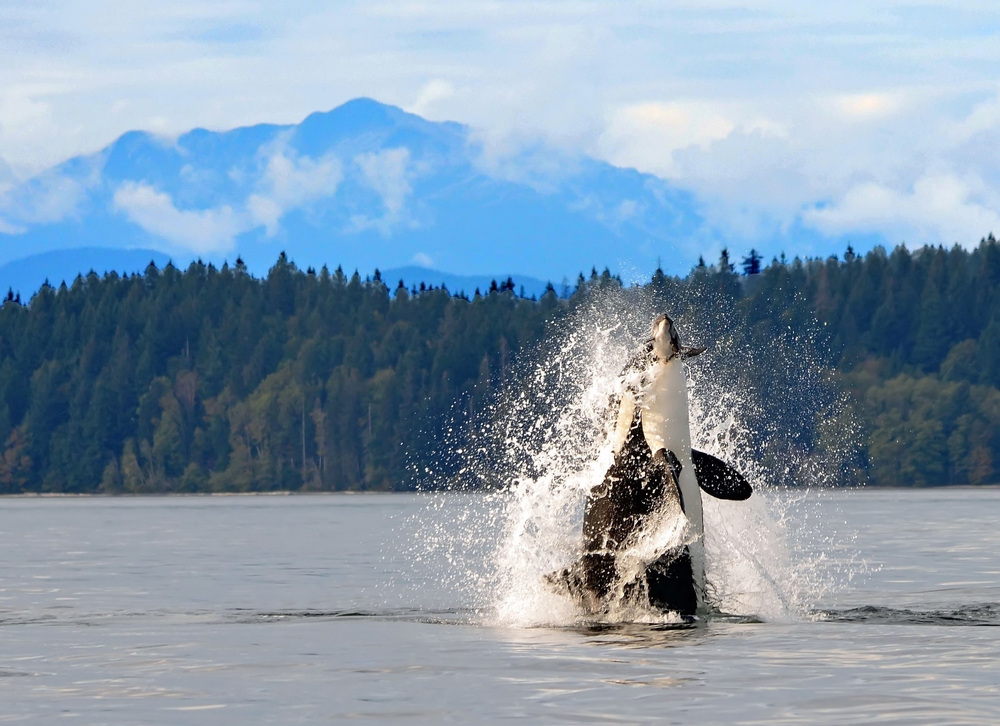
Sometimes, the most powerful reminders of compassion come from places we least expect — not from grand speeches or noble acts by humans, but from the silent, unassuming depths of the ocean. Out there, beyond our sight, lives are being lived according to rules we think we understand: survival of the fittest, predator and prey, competition for resources. But every so often, nature writes a different story — one that doesn’t fit neatly into our definitions of instinct or self-interest.
It’s in these moments that the ocean reveals its quiet miracles. A mother fights for her child against impossible odds. Strangers — of another kind entirely — rush in, not for food, not for territory, but simply to stand between danger and the vulnerable. There’s no contract, no promise of reward, just an unspoken choice to protect. And as we watch from the surface, we are left wondering: if they can act this way, what’s stopping us?
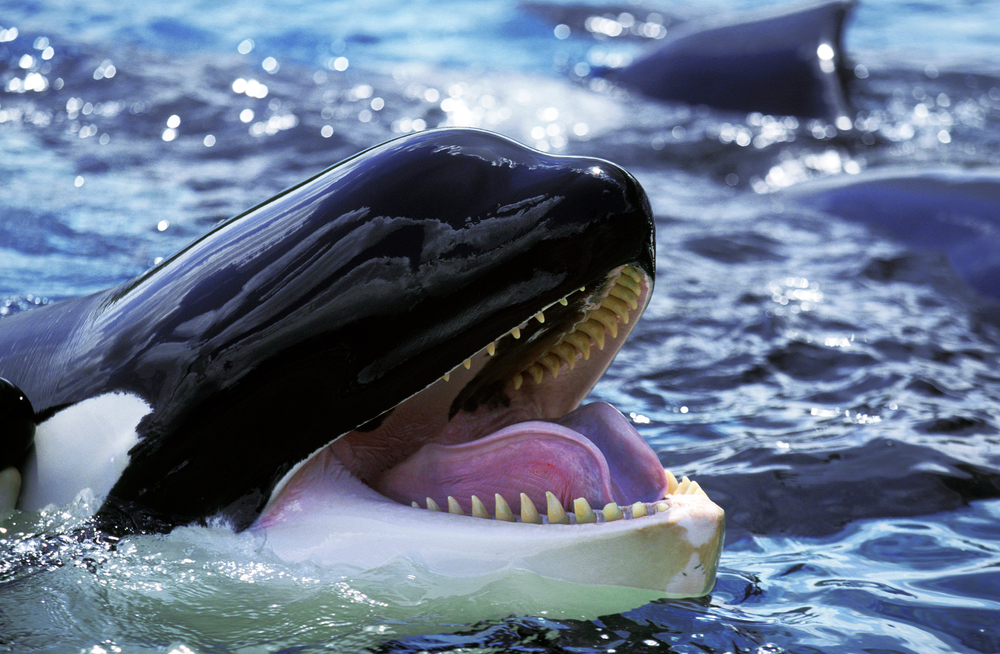
The Day Dolphins Became Guardians
Off the southwest coast of Western Australia, in the deep blues of Flinders Bay, a humpback whale named Spirit swam alongside her young calf. Their journey should have been peaceful, but it was suddenly shadowed by danger when five large male humpbacks appeared. In the high-stakes world of whale mating, such encounters can turn deadly — males have been known to kill calves to bring a female back into breeding readiness. Spirit, still nursing and fiercely protective, was outnumbered and outmatched, yet she fought to shield her calf from the relentless advances.
Just when it seemed her strength might fail, a sudden shift rippled through the water. From a distance, a pod of dolphins approached with striking speed and purpose. In moments, they formed a living barrier around the mother and calf, cutting off the males’ approach. Some bared their teeth in a clear show of defiance, while others swam in tight formation beside Spirit, matching her pace as if to say, “You are not alone.” Every movement was coordinated, as though they understood the stakes, and they refused to abandon their post.
The tense standoff unfolded under the watchful eyes of Whale Watch WA observers, who captured the encounter on film and later described it as nothing short of extraordinary. Eventually, the pressure broke; one male whale seemed to realize the futility of the chase, scattering the others before positioning himself protectively beside Spirit and her calf. In that moment, the pod of dolphins faded back into the vastness of the ocean, leaving behind a rescued mother and a living calf — and a story that challenges what we think we know about the bonds between species.
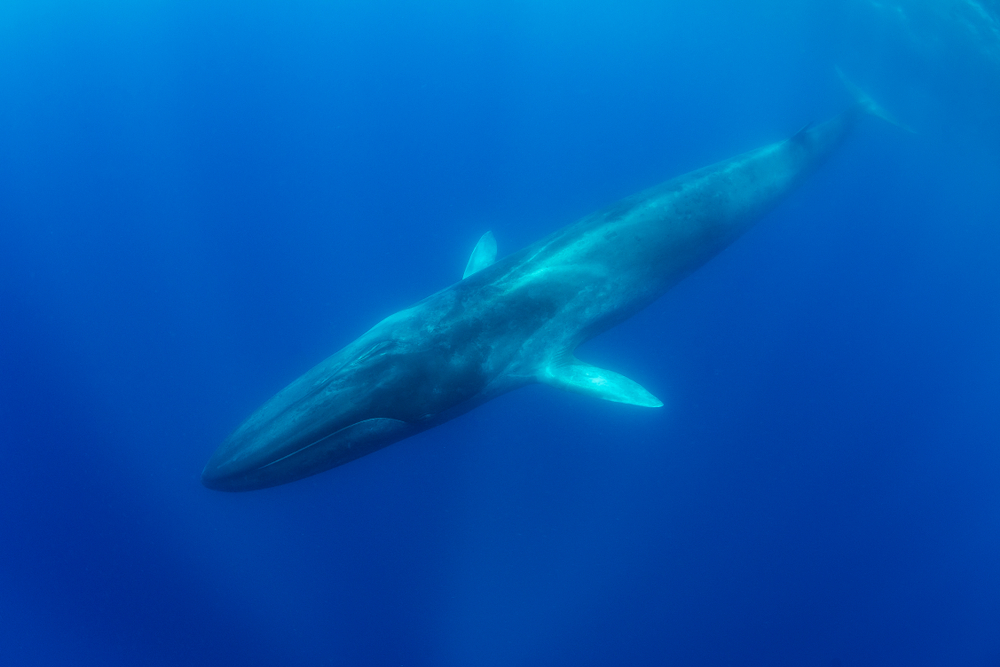
When Species Cross the Line Between “Us” and “Them”
Marine rescues between species are rare enough to feel almost mythical, but the ocean holds more of these encounters than most people realize. The Flinders Bay incident wasn’t an isolated act — dolphins have a long, documented history of putting themselves in harm’s way to protect not only their own kind but also entirely different species. In New Zealand, one such event unfolded when a group of four swimmers found themselves suddenly surrounded by dolphins. The animals pressed in close, forming a rotating wall of movement that kept pushing the swimmers back together whenever they drifted apart. At first, the people thought it was a game. Then they saw the unmistakable silhouette of a great white shark passing just meters away. The dolphins stayed with them until the predator disappeared into deeper water, only then allowing the swimmers to break formation.
Accounts like these are backed by eyewitnesses and, in some cases, video evidence. They challenge the idea that animals only act out of self-interest. A shark’s presence is a threat to dolphins too, yet these marine mammals have been seen placing themselves between danger and the vulnerable — whether that’s a human diver low on air or a humpback mother in distress. The behaviors seem intentional: circling to corral, moving in synchrony, even using body language like exposing teeth to warn off aggressors. This level of coordination suggests far more than coincidence or accidental overlap.
It’s tempting to dismiss such rescues as lucky timing, but the repeated patterns tell another story. The dolphins’ ability to read a situation, choose a position of defense, and maintain it until the danger passes points to a complex social awareness. They are acting in ways that mirror our own protective instincts, breaking through the invisible barrier we often place between humans and the rest of the animal kingdom. Moments like these invite us to question whether compassion might be a universal language, spoken not only by us but by the wild itself.
Why Dolphins Might Choose to Protect Others
Scientists looking to explain these behaviors often start with biology. Dolphins possess one of the most advanced sonar systems in the natural world, capable of revealing shapes, textures, and even internal structures of living beings. They can detect the faint rhythm of a heartbeat through water, and they appear particularly curious about pregnant females — human or otherwise. This sensitivity may give them a unique awareness of vulnerability, enabling them to sense when another creature is at risk. In the case of Spirit and her calf, it’s possible the dolphins recognized the distress and intervened in the only way they knew how: by blocking the threat and holding the defensive line.
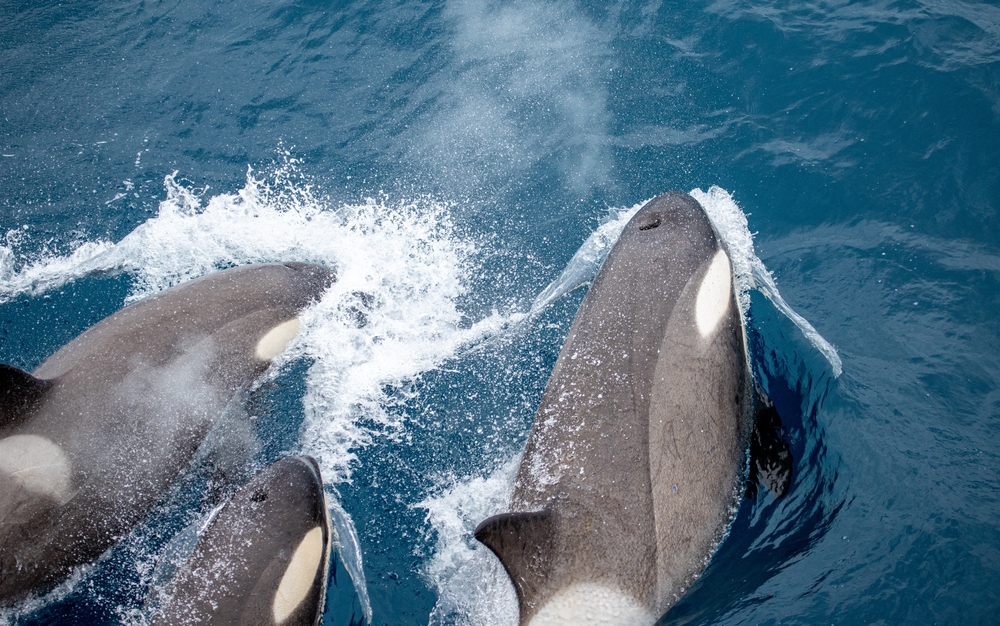
Social structure also plays a role. Dolphins live in pods where cooperation is essential for survival. They hunt together, defend against predators together, and care for injured or sick members. This tight-knit lifestyle reinforces behaviors where protecting the weak benefits the group as a whole. When these instincts are applied outside their own species, they can manifest as what we interpret as altruism — extending their circle of protection to others who are not part of their pod but who face similar dangers.
Some researchers suggest that intelligence itself is a factor. Dolphins rank among the most cognitively complex animals, with problem-solving skills, memory, and social learning rivaling those of great apes. Such mental flexibility could allow them to recognize parallels between themselves and other creatures, prompting actions that aren’t strictly for survival. Whether it’s empathy in the human sense or simply an extension of their social rules, the result is the same: a conscious choice to step in when they don’t have to. And that choice, repeated across different encounters, hints at a shared moral thread running through life in the ocean.
Lessons for How We See Intelligence and Morality in Nature
For generations, humans have drawn sharp lines between ourselves and other species, particularly when it comes to intelligence and morality. We have told ourselves that concepts like empathy, selflessness, and moral choice are uniquely human, forged in the crucible of our culture and reason. Yet the image of a dolphin pod defending a humpback calf — risking confrontation with animals many times their size — shakes that assumption. It forces us to consider that the capacity to protect the vulnerable might not be the exclusive domain of humanity.
Such moments also challenge the popular narrative that nature is only about competition, where the strong survive at the expense of the weak. While the wild can indeed be brutal, these rescues remind us that cooperation and compassion are also part of the evolutionary toolkit. In Spirit’s case, the dolphins had nothing to gain — no food, no territory, no direct benefit — yet they acted anyway. This contradicts the idea that all animal behavior can be reduced to self-serving instincts and shows that relationships in the natural world can be richer and more nuanced than we expect.
When we broaden our definition of intelligence to include social awareness, emotional sensitivity, and the ability to act beyond immediate self-interest, the lines between human and animal intelligence blur. This doesn’t diminish us — it connects us. Instead of viewing ourselves as separate from the natural order, we might see ourselves as part of a wider community of life, where the same threads of compassion run through many species, woven into the very fabric of survival.
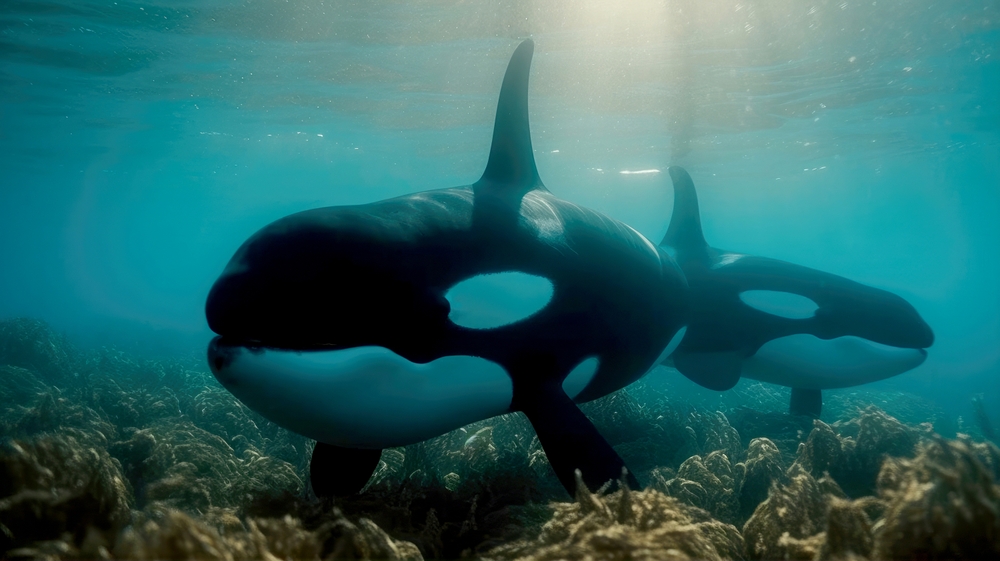
A Call to Protect the Protectors
Stories like this carry more than emotional weight; they carry responsibility. If dolphins can act to defend a species so different from their own, how can we justify standing by as their world becomes increasingly hostile due to human activity? Our oceans are under siege from overfishing, chemical runoff, plastic pollution, and the deafening roar of industrial noise that disrupts the echolocation dolphins rely on to navigate, hunt, and communicate. Each of these threats chips away at the safety and stability that makes such remarkable acts possible in the first place.
To protect dolphins is to protect an entire chain of ocean life. They are apex communicators and social architects, influencing the balance of the ecosystems they inhabit. Their well-being ripples outward, shaping the health of fish populations, the resilience of coral reefs, and even the carbon storage potential of marine environments. Losing them would not only erase these extraordinary rescue stories from our future, it would destabilize entire ocean systems.
The next time we hear of dolphins saving a whale calf or circling swimmers to fend off a shark, we should see it as more than an uplifting anecdote. It’s a mirror held up to us, reflecting what’s possible when strength is used in service of others. The challenge is to act with the same urgency, not just when the drama is unfolding in front of us, but every day, in choices that protect the vulnerable — whether they swim beside us in the sea or live with us on land.
Loading...

